The undercoat , the final coating and in general the wood natural finishing in woodworking is a major chapter for all the woodworkers , amateur or professional , ones .
The opinions are countless , the totally natural elements aren’t countless but their versions are many , the techniques are many , the finishing results are many and , this can be a very difficult “puzzle” .

There is no unbroken “laws” , for the natural ways you can experiment and finish – protect your wood and i’m a big fan of the experiment and improvise , approach and mentality .
” As long as you live , you learn” , we say in Greece and this is correct and wise , i suppose .

I’m also a big fan , of the totally natural finishing approach , even if i don’t “reject” the chemical elements , which are very capable and versatile .
If you can use only natural materials , use them and then proceed to the chemical methods . Of course many times , the chemicals are winning the natural elements – products , with a high “score” .
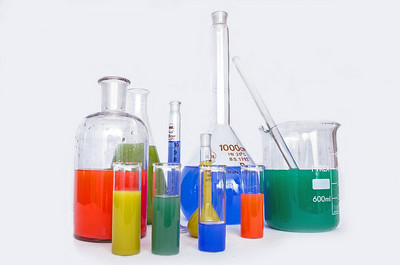
The modern chemistry can do “magic” and create amazing chemical finishing stuff .
So let’s see some of my best and favorite totally natural finishing approach and techniques , you can use to any wood type , any time , any place , as a guidebook and “lighthouse” .
Natural Finishing Combinations , Guidebook .( only natural )
First – major and column mentality for the wood finishing in general is the we start from the deepest deep we can possible can inside the wood’s pores and we slowly escalate to its upper surface .

We try to penetrate as deeper as we can , to protect – finish as much wood mass , we can .
The deepest penetration method is the impregnation , but of course the “common” woodworker cannot do that , because this requires very expensive equipment .
The impregnation “pushes” with high pressure , in pressure ovens the elements we want , through all the wood’s mass , to its core .

See more detailed the impregnation method , HERE .
So the finishing – protecting wood “path” is this :
” Begin from the deepest – deepest , depth > proceed to the deepest > proceed to the deep > reach the upper areas and surface . ”

The way you can reach the deepest depths of a wood , is to open its pores with the more “aggresive” sandpaper you can and then boil it into your element , for as longer as you can in order to let the wood “suck” as much material , as it can .
The beekeepers do that , as their basic procedure to their hives and they usually use only linseed pure oil , because they don’t want chemicals for their bees .
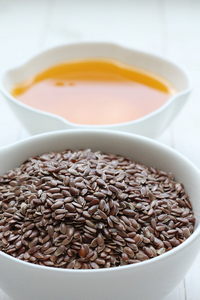
Boiling wood is ancient technique .
Alexander’s the Great mechanics , were boiling the wood they used in several types of oils . They experiment a lot too , as you and me .
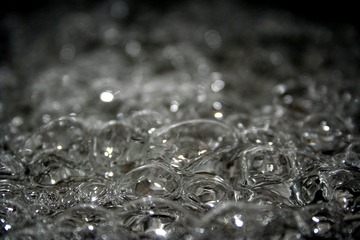
If you cannot boil your wood , open its pores with rough sanding and warm the wood , before you apply your oil , et.c .
Many use the hairdryer , for this job . It works .
The sanding approach in here is the same as in all the finishing area . If you want wide open wood’s pores , sand “aggresively” and then proceed slightly to smoothen the surface .
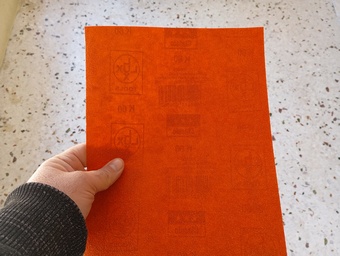
The more last coating layers you use with an oil the more shiny the surface becomes .
** when i say below boiling , i mean you boil yourself the oils and not the ones you get from the markets , which contain chems inside .
Always take the safety measures : face mask , gloves , glasses , boil outside .
1) Pure linseed oil + Beeswax only . ( brush , cloth applying )
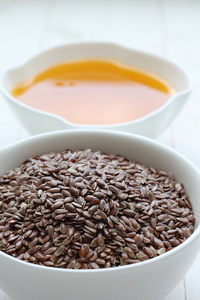
** Unbroken “law”: Above the beeswax and waxes in general , we don’t put anything . The wax seals perfectly the wooden surface .
This is the most pure and natural finishing sealing method , you can do to your wood .
You apply your pure linseed oil with your brush , cloth , to your wood after a rough sanding to open the grain and the you seal it with bees wax .
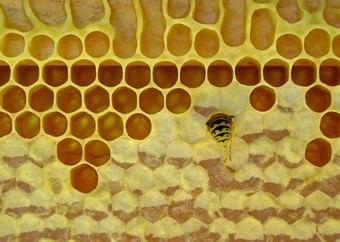
I recommend you to warm a little your wood with a hairdryer , to raise more the grain and open up the wood’s pores to the maximum .
Of course this requires the longer drying time for the oil . You’ll need , up to many months (!) , for complete drying , depending the conditions of your place .
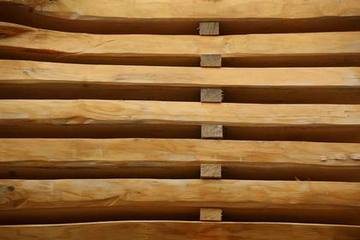
The result is amazing beautiful .
If you want to buy linseed oil , go HERE .
2) Wood boiled into pure linseed oil + Beeswax only .

The pure linseed oil pushed very deep into wood by boiling the wood into an oil bath , let it dry completely and then seal it with a beeswax , is one of the best natural finishing .
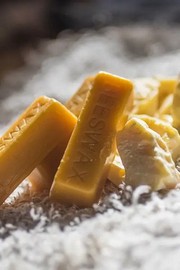
You’ll need less time for complete drying , because the boiling make the linseed be like a natural varnish and this make it dry sooner than the applying it with a brush , et.c .
3) Pure teak oil + Beeswax only . ( brush – cloth – boiling . )
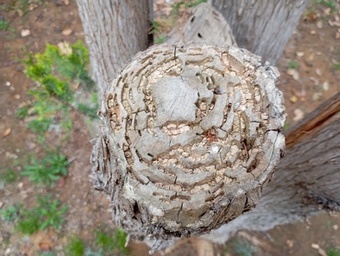
If you want the maximum bugs – fungi protection , naturally the teak oil is the answer .
Do the same you did with the linseed oil , applying it with a brush or a cloth or you may boil your wood to the teak oil , for deeper penetration . The beeswax , seals perfectly .
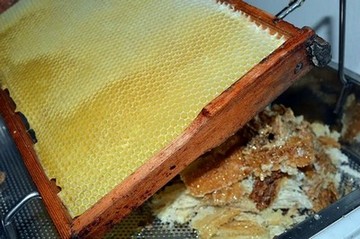
4) Teak oil deeper , then linseed oil and then Beeswax . ( brush or boiling )
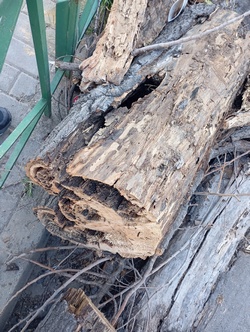
If you want bugs – fungi protection with also the linseed oil beautiness finishing , start with penetrating the teak oil deep in the wood , then use linseed oil and then seal with beeswax .
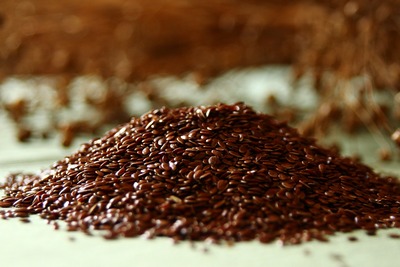
You can do this by brush applying or you can boil the wood into oils for each layer , after the complete drying of the previous one . Then seal with beeswax .
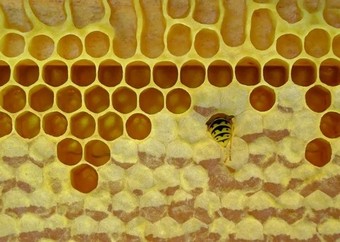
5) Pure linseed oil + Shellac . ( brush or boiling )
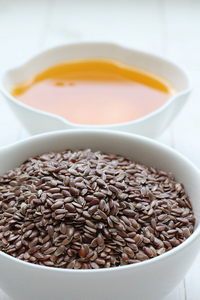
If you want a different last coating you can use pure shellac to seal your wood . Apply or boil your wood into pure linseed oil and then seal with shellac .
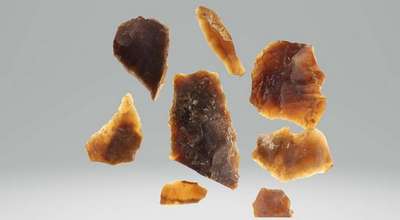
If you interesting to supply shellac , go HERE .
6) Pure teak oil + Shellac . ( brush or boiling )
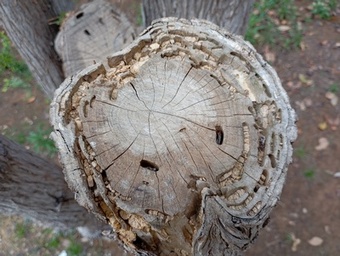
You can do the exact same with your pure teak oil , as you did with your linseed oil and shellac .
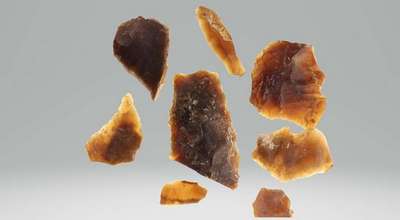
7) Pure teak oil + linseed oil + shellac . ( brush or boiling )
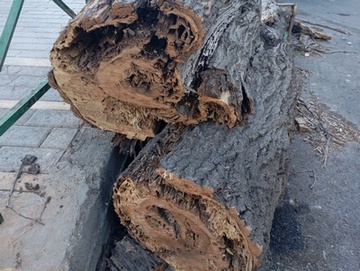
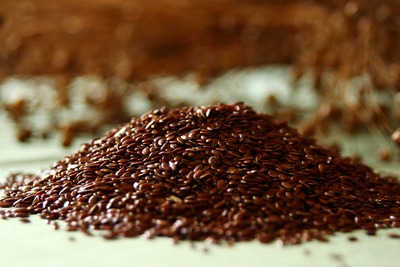
Combine these teak and linseed and the seal with shellac . The teak goes the in the deeper depth for bugs protection .
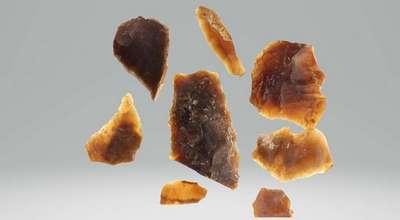
8) Pure tung oil + beeswax . ( brush or boiling )
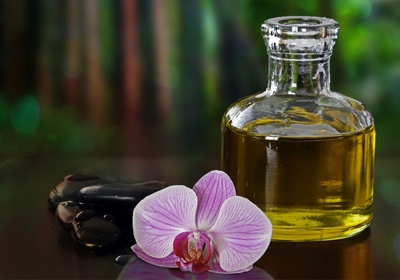
Except the linseed oil and the teak , you can use pure tung oil , which comes from the tung tree and seal it with beeswax . You may boil it or use a brush – cloth .
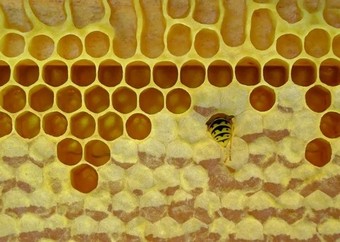
9) Pure teak oil – linseed oil – tung oil + beeswax .( brush or boiling )
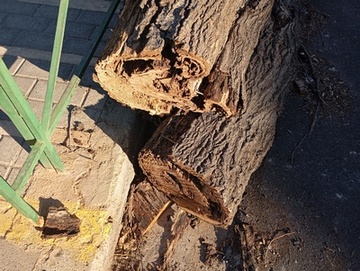
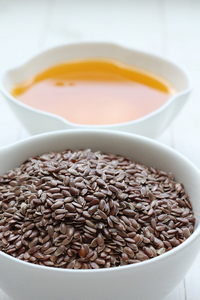
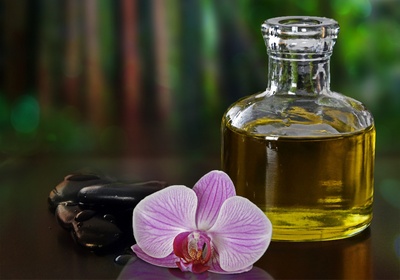
You can make whatever combination you like with these 3 natural oils , building your layers of oils as you like , from the deepest to the upper surface .
Usually the teak oil goes the deepest for the bugs protection , it provides .
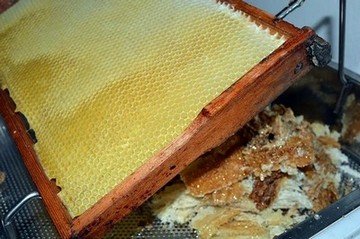
10) Pure linseed oil – teak oil – tung oil + shellac . ( brush or boiling )
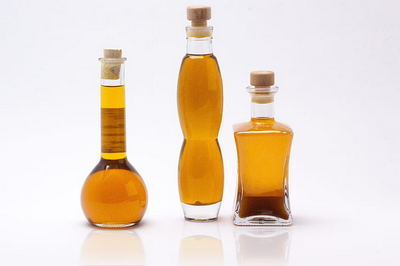
You can do whatever combinations you like , with these 3 pure oils and seal your wood using pure shellac , instead of beeswax .
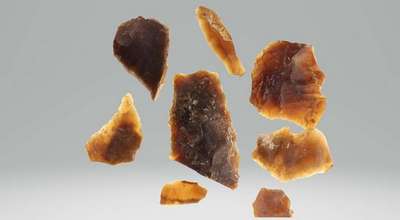
11) Pure beeswax , melted into linseed – teak – tung oil + Beeswax . ( brush or boiling )
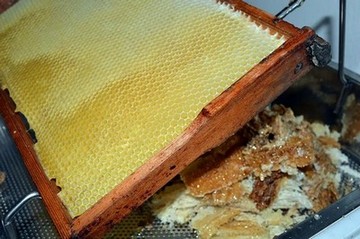
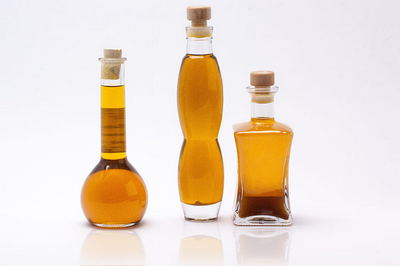
One of the best natural finishing method , is to melt your beeswax into the oil you want and then apply it , to your open pores wood .
In this way , you fill the wood’s pores with oil and wax , making the wood very strong , very protected and durable to weather – time – water – bugs if you use teak oil .
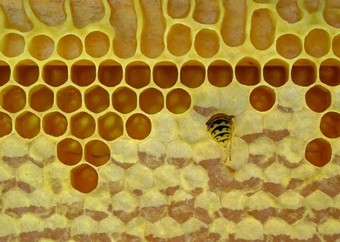
You may apply it with your brush , or even better you can boil your wood inside of this mixture of oils and wax , to let it soak the most .
You can use whatever oil combination you want . For extreme protection , after the drying , you can apply a coat of pure beeswax , making the surface “bulletproof” .
12) Pure beeswax melted into linseed – teak – tung oil + Shellac . ( brush or boiling )
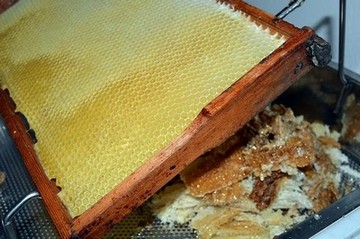
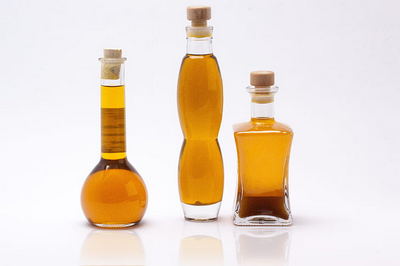
You can implement the previous technique , exact the same using as a final coating shellac and give your wood , extreme durability to weather , UV , water , bugs and whatever else .
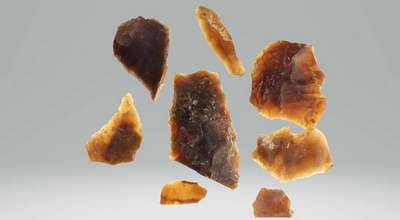
13) Use only Beeswax .
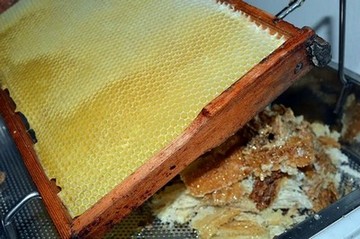
If you dont want to use any oils to your woodworking project , you can use only beeswax for protection and last finishing .
Sand your surface to the level you want and then apply your beeswax with a cloth ( microfibers are top ) usually , but this isn’t an unbroken “law” .
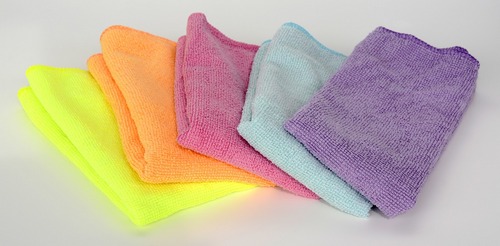
You may want to warm a little your beeswax and use a soft – medium brush .
14) Use only double boiled Linseed oil .
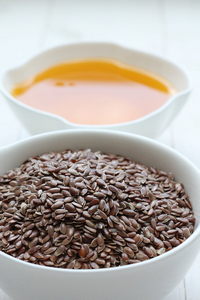
When you boil well ( one or two times ) , the linseed oil , you polymerize it and transform it , into a very nice , thick liquid natural varnish .
If you don’t want to use any other natural finishing , you can use only as your last coating this natural varnish from the double boiled linseed oil .
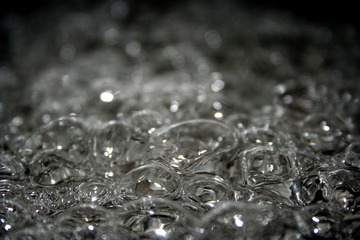
You’ll get a very nice result , durable and strong enough . Of course you can use this natural , linseed oil varnish than your beeswax as a final coating , to all of your finishing combinations , if you like .
The above 14 natural finishing techniques are some of the most classical and “ancient” used ones .
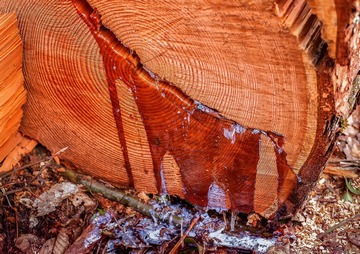
Of course you should consider that any applying , boiling or whatever do to a wood piece , is affect its final color shade .
So make your experiments to a small piece of the same wood your project is , to see how it’s going to look , after your treatment .
Keep woodworking and always be safe while doing it , to secure your happiness .